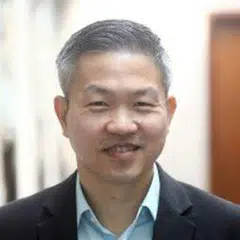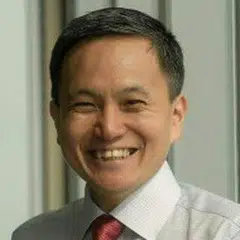What can Singapore learn from China?
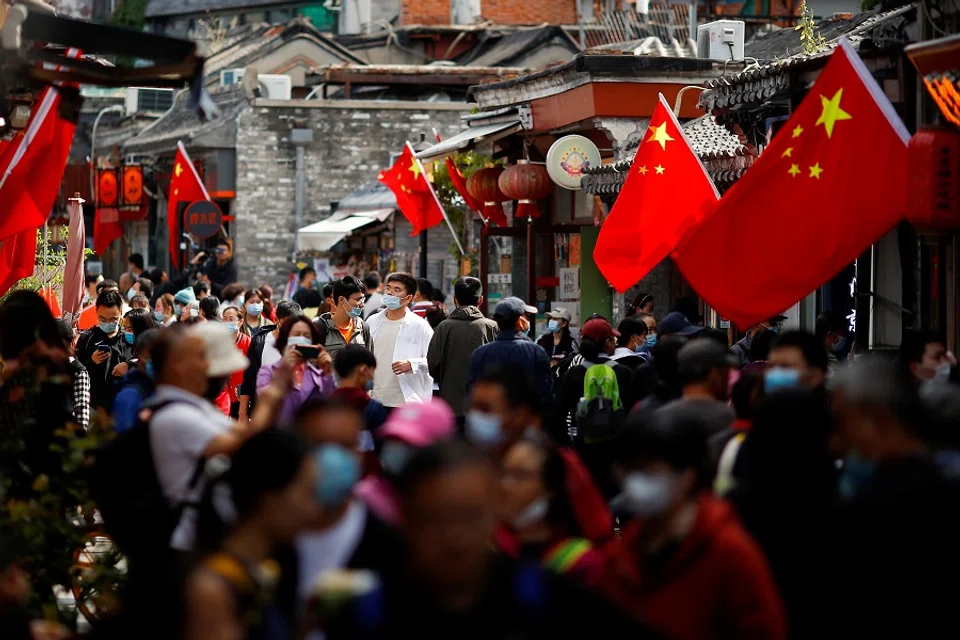
Back in 2012, China was at an inflexion point towards a new digital age (WeChat and DiDi were not yet invented). President Xi Jinping had just taken over the reins and wanted to make a big impact. The management layer, in the government as well as the private sector, consisted of men and women mainly in their 30s and 40s. With a shared history of hardship in their growing-up years, this generation had a sense of a "never content" spirit in them. For anyone who has not lived through the hardship years, it is hard to imagine a life where food must be rationed, and a single pair of trousers needs to be shared amongst five siblings. These preconditions set the stage for the explosive growth that China achieved over the crucial next seven years, allowing it to catch up with America.
It started with a bold vision from Xi in 2012, for everyone to have a Chinese Dream (中国梦). This vision, relentlessly promoted by the media, galvanised both the public and private sectors, sending them into overdrive. "Cross the river by feeling the stones" (摸着石头过河) by Deng Xiaoping is an axiom that guided the civil servants in experimenting with working with the private sector.
Over the years, strong collaboration amongst all parties towards this single goal of achieving the Chinese Dream has allowed the country to surge forward in all facets of life, from the internet economy, to the high-speed rail network, and even to the media and entertainment world, which is arguably on track to overtake Hollywood.
Outcome-based policy-making
It is worth noting that with fresh momentum from the new administration, management heads across all sectors started to take the speeches of the top leaders very seriously. Every speech was scrutinised and interpreted in detail; retreats were held, where strategic plans were made based on every phrase in the transcripts.
It might be easy to dismiss this culture as an overkill, but this almost cult-like obsession must have been one of the key contributing factors in focusing the minds and hearts of the entire nation.
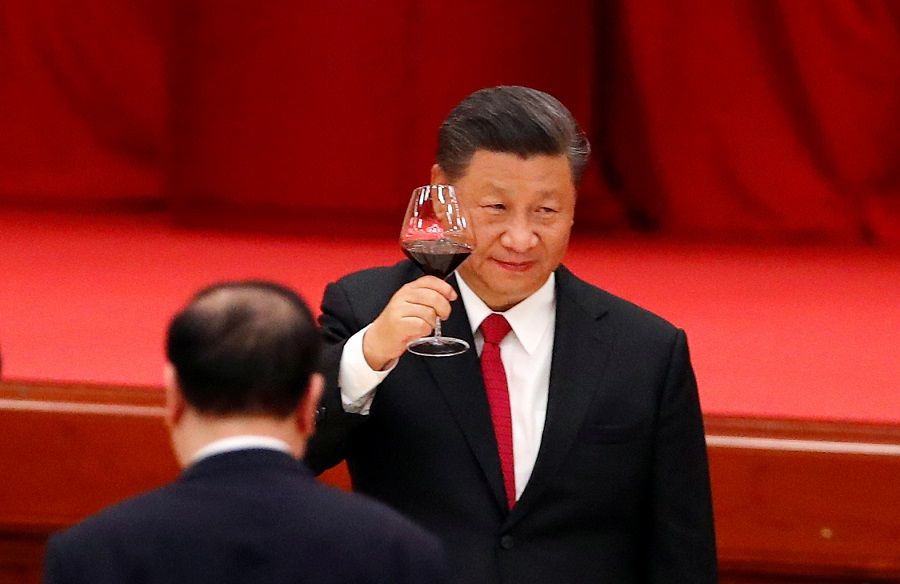
These exercises extended to every individual in the organisation who were tasked to come up with personal analyses and thoughts that had to be submitted to their superiors. It might be easy to dismiss this culture as an overkill, but this almost cult-like obsession must have been one of the key contributing factors in focusing the minds and hearts of the entire nation.
Such practices live on in the present. After strategies and plans are laid out and communicated, execution focus is key. Management executives compete on the basis of how effective they are in execution. Problems and issues that arise are tackled with the mindset that "there will always be more solutions than problems" (办法总比问题多). These executives are definitely very enterprising and creative in coming up with solutions, and would always reference and learn from other countries and enterprises. And when anyone and any group successfully reach any targets or goals, or achieves any "number one" status, they refuse to let it get to their heads, and in a heartbeat, push on and roll up their sleeves even further up, setting their sights on the next target. This is truly a manifestation of the principle of "hiding one's strengths and keeping a low profile" (韬光养晦), a reminder from Deng Xiaoping that has been key to the Chinese achieving the Chinese miracle.
There is no patience for fluff or superficial discussions with the thinly veiled purpose of making good intellectual impressions. All initiatives or programmes are designed with the actual users' perspective in mind as the top priority...
"Let the Frontline Determine the Need for Gunfire" (线呼唤炮火, a military analogy used by Huawei founder Ren Zhengfei to explain that frontline staff who know customers best should direct the company's resources in serving customers' needs), "User-Centred Design" (用户为中心), and "A Value-Oriented Approach" (价值为导向) are some of the slogans printed on red banners in almost every office in China. There is no patience for fluff or superficial discussions with the thinly veiled purpose of making good intellectual impressions. All initiatives or programmes are designed with the actual users' perspective in mind as the top priority: management never called the shots, it is always the customer or the end-user. The belief is that adoption and change will come when the value is clear and the actual pressure points are addressed.

The "can-do" spirit and gumption of the Chinese civil servant leaders is truly interesting, from the strategy teams of National Development and Reform Commission down to execution level by the state-owned enterprises/private companies. One would be sometimes forgiven to mistake some of them as entrepreneurs rather than civil servants.
The private and public sectors seem to have reached an equilibrium and sorted out how best to collaborate with "outcome-based" partnerships forged very effectively.
In a few cases, the government is not just an enabler. The willingness to dive deep into the details, make tough decisions, and take risks in backing winners is truly commendable. The level of being proactive, taking charge and the ability to engage private enterprises for a win-win is unusual.
The private and public sectors seem to have reached an equilibrium and sorted out how best to collaborate with "outcome-based" partnerships forged very effectively. Obviously, this is an ideal scenario as there are still many disagreements and challenges but at least to the outside world, the communication mechanism is cohesive and united.
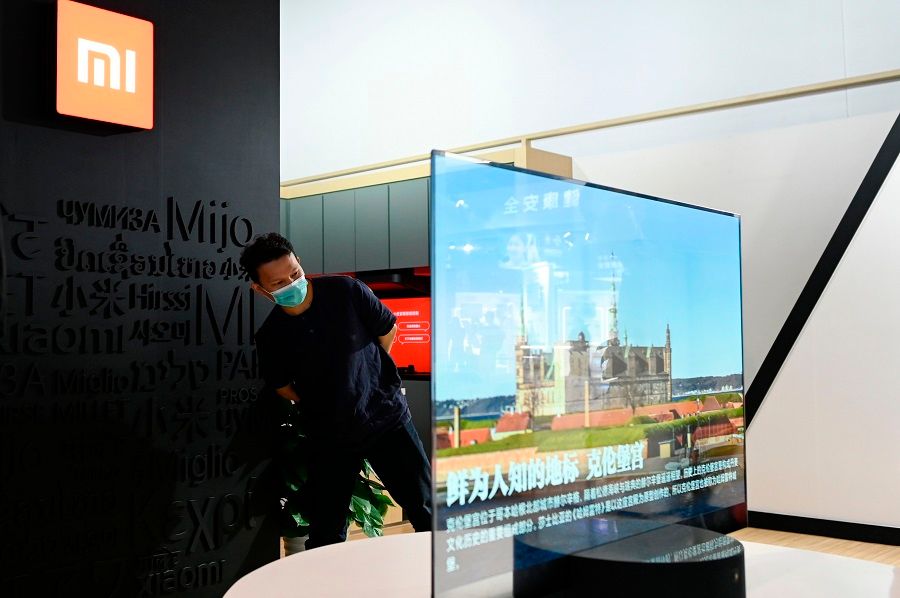
Using an outcome-based approach and taking risks, they have fostered their own suite of global champions (e.g. ZTE/Huawei/Xiaomi), and have enabled the development of many old- and new-economy successes.
Standardisation of data protocol is key
Many Chinese believe that the greatest contribution to their country by Qin Shi Huang, the first emperor of China, is not the unification of the countless different states into a single country, nor the construction of the Great Wall of China. They believe that it is the uniform standards that he imposed on the country. For instance, among other things, Qin Shi Huang standardised the units of measurement. He standardised the width of roads all across China, allowing businesses to manufacture carts and wheels based on these new standards, which helped them thrive as a result, and also propelled many new business activities.
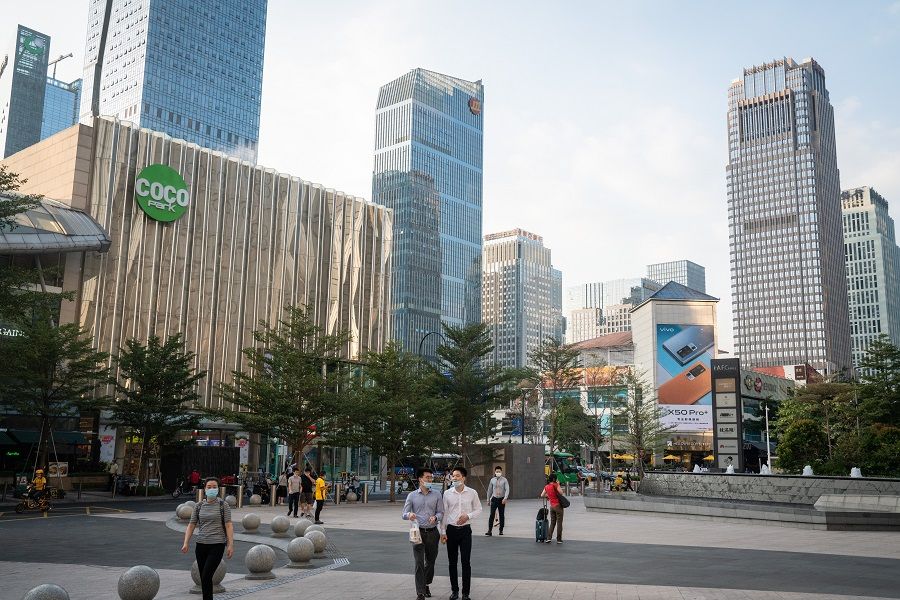
It is such standardisation and implementation of standards that also enabled China to transform into the realm of high-speed rails. Travelling between Shenzhen and Guangzhou takes just around 20 minutes one way. This is not only efficient and comfortable, but very affordable too at only about S$12. Even after reaching such high world-class standards, the national railway organisation is still not resting on its laurels, and has recently restructured and adopted a more market-oriented corporate structure. Transformation never ends and there are already plans underway to cut the 20-minute travel time to just 15 minutes between Shenzhen and Guangzhou.
It is not even an active-active relationship. It is more like a hyperactive-hyperactive relationship that engages and integrates every individual, pushing everyone forward without any tolerance of the status quo or maintenance mode.
No sacred cows
Towards the end of 2019, one of the many digital transformations that China did was to make a push in the area of blockchain. After Xi shared his vision and plans for this groundbreaking technology, almost immediately, various sessions interpreting his words took place.
Every province came up with a strategy and plan for the technology, taking into account the uniqueness and context of each province, and drilling down on the issues from an end-user value and pressure point perspective. Private enterprises were heavily engaged by the public sector, to partner together on this national initiative.

In all the discussions, one key theme is that both representatives from the public and private sector have an equal voice. It is never an active-passive relationship. It is not even an active-active relationship. It is more like a hyperactive-hyperactive relationship that engages and integrates every individual, pushing everyone forward without any tolerance of the status quo or maintenance mode. There are many more examples of effective public-private partnerships (PPPs) for which more efforts can be spent in studying further.
Applicability for Singapore
There are of course some negative consequences for China as a result of this transformation that is only made possible by the successful PPPs. The world has felt the effects of the power shifts not only in the technological space, but also in the cultural and ideological spaces. Reactive counteractions in trade, supply chains, policies by the Western world will only grow in an attempt to clip the wings of the awoken dragon. But this has steeled the resolve of the Chinese and it is not likely that they will reverse the progression as a response. Whilst China can afford a tit-for-tat strategy, a small country like Singapore cannot. We thus cannot simply lift and transpose the entire China experience without adapting to our local context.
China has its own set of unique factors that have brought a great leap forward in the last seven years. Not all lessons are practical in the Singapore context but clearly, alignment and an ambitious and action-oriented mindset are key ingredients of success. In addition, the trust within the system is a common important theme between the two countries.
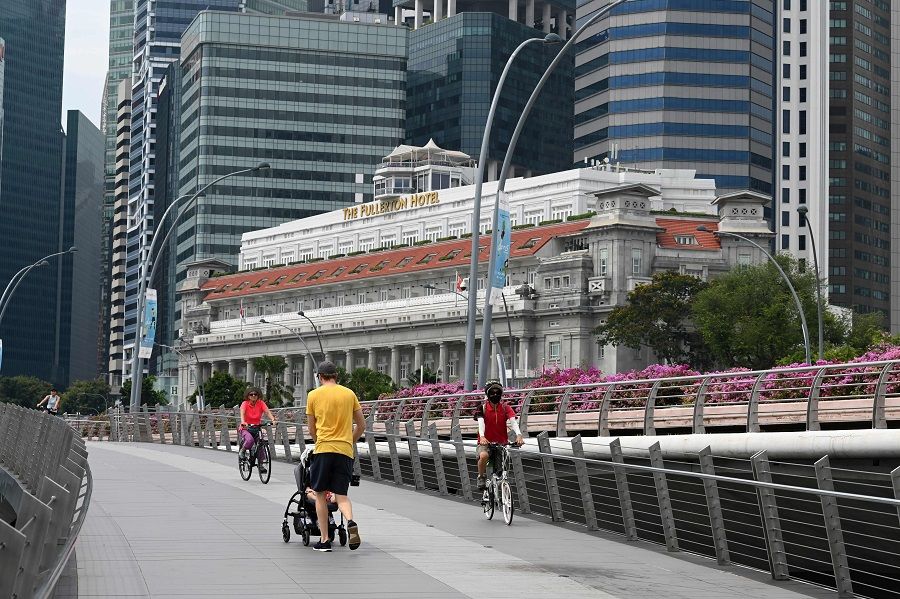
Singapore indeed has had a very good run. However, are we a victim of our own success? With the right bold strategic moves, more targeted incentives to specific sectors and also to civil servants, as well as an openness to adapt some of the lessons from countries like China, Singapore can remain globally relevant in these very uncertain times.
In the past, the role of the government is more of an enabler to the private sector. With this unprecedented crisis, can the government step in as a commercial partner to provide the strategic building blocks for "Virtual Singapore, Sustainable Nation" that are fundamental and represent the new infrastructure for this visionary future?
Closer to home, we may adapt a local successful model of PPPs in the Financial Centre Advisory Panel (FCAP) under MAS. Having been involved since its inception in 2015, private sector members have a relatively short two-year term with a focus on developing relevant skill sets and achieving good outcomes, through working as an equal partner to MAS. One of the key deliverables is in making Singapore a fintech hub while the next focus will be on green financing.
. . . . . .
The above was submitted by the authors to the Singapore government's Emerging Stronger Taskforce, which was set up to guide the country's economic recovery from Covid-19. Tan Chin Hwee is a member of the taskforce.
Related: Chinese ambassador Hong Xiaoyong: New journey for China's development; new opportunities for China-Singapore cooperation | Singapore's ambassador to China Lui Tuck Yew: Singapore must stay relevant to China | Chinese ambassador to Singapore Hong Xiaoyong: China-Singapore ties tested and strengthened through the pandemic | Reflections by George Yeo: Celebrating 30 years of diplomatic relations between Singapore and China
